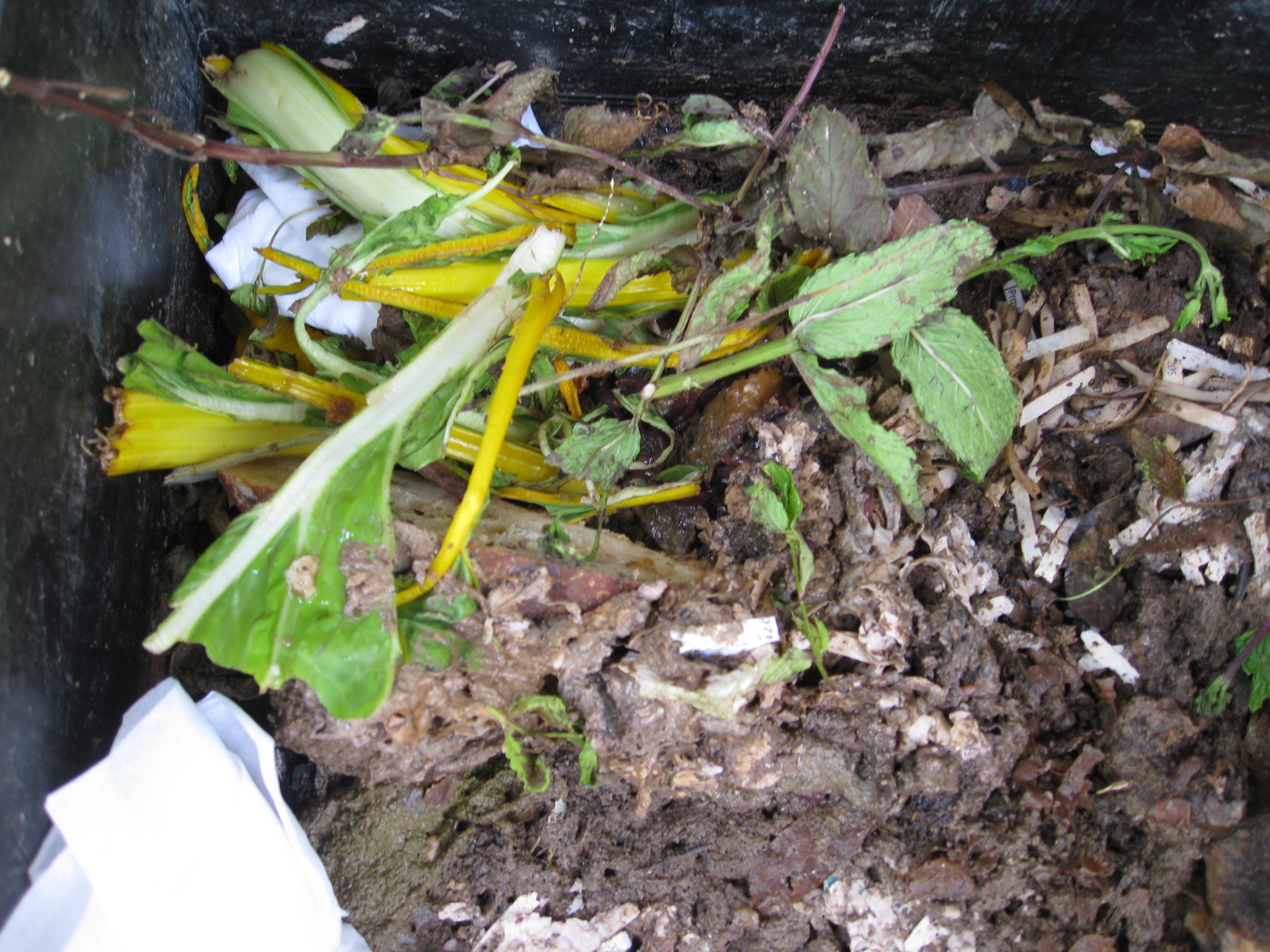I wrote about food waste a few weeks back, having just seen Wasted: The Story of Food Waste. The conversation continues this week as we dive deeper into the options for preventing food waste at home. As we head into the holidays, it’s easy to lose track of what’s in the fridge, to eat out more often with friends, or to take more than we need as we browse the buffet. Here’s a thought-provoking and fun video that explores one way to eliminate food waste at home:
Save the Food
I’ve been reading a page or two on the Save the Food website every day, especially the section on how to store food properly to prevent waste. As a gardener who doesn’t have a basement or an extra freezer for storage, I find that I grow a bounty of produce (like carrots, for example), then store them in the fridge to use through the season. Eventually, I pull out moldy carrots from the bottom of the bag and toss them in the compost bin. What a sad journey and a colossal waste of my time and resources, right?
Every Step Counts
Here’s a cool list of ways to reduce or eliminate food waste from SavetheFood.com’s campaign kit:
• Shopping Wisely. Plan meals, use shopping lists, buy from bulk bins, and avoid impulse buys.
• Buying Funny Fruit. Many fruits and vegetables are thrown out because their size, shape, or color are not “right.”
• Learning When Food Goes Bad. Most food can be safely consumed well after their package dates: “Sell-by” and “use-by” dates are not federally regulated and do not indicate safety, except on certain baby foods. Rather, they are manufacturer suggestions for peak quality.
• Mining Their Fridge. There are many online resources that help consumers get creative with recipes to use up anything that might go bad soon.
• Using Their Freezer. Frozen foods remain safe significantly longer. Freeze fresh produce and leftovers if you won’t have the chance to eat them before they go bad.
• Requesting Smaller Portions. Restaurants will often provide half-portions upon request at reduced prices.
• Eating Leftovers. Ask your restaurant to pack up your extras so you can eat them later. Freeze them if you don’t want to eat immediately. Only about half of Americans take leftovers home from restaurants.
• Donating. Non-perishable and unspoiled perishable food can be donated to local food banks, soup kitchens, pantries, and shelters

What to Do with the Rest?
Compost, compost, compost! And if you don’t have room for a compost bin, get a worm bin or a bokashi bucket. Both take up less room and don’t require a shovel to aerate or manage. The benefits outweigh the hassle no matter what – you get fertilizer for your garden!
Check out these articles on composting to help you along:
Bokashi at home – A 3-part guest post from MoBokashi
Composting – Just browse Gardenerd.com or start here
Vermiculture – worm bins are great for small households
Whatever steps you can take to reduce or eliminate food waste in your home, you’re headed in the right direction.



